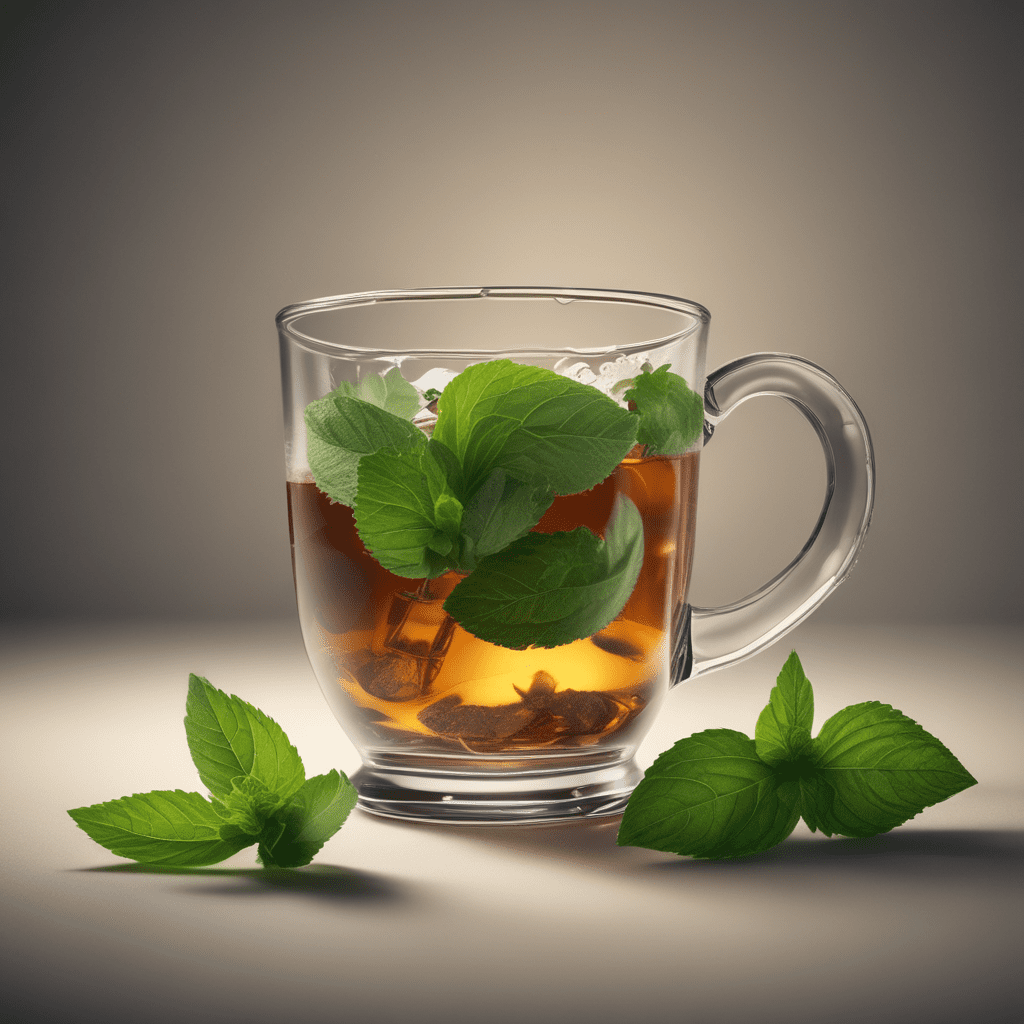
Chai Tea: Aromatic Bliss in Every Sip
Introduction
Indulge in the captivating world of chai tea, a symphony of flavors and aromas that has captivated tea enthusiasts for centuries. Chai tea, a traditional Indian beverage, offers a unique blend of spices and black tea, creating a warm and comforting elixir. Journey with us as we explore its origins, composition, preparation, health benefits, and the cultural rituals surrounding this beloved brew.
Origins and History of Chai Tea
Chai tea traces its roots back to the ancient Ayurvedic healing traditions of India. It is believed that chai originated as a medicinal concoction, used to promote well-being and vitality. The term "chai" itself means "tea" in Hindi, and this aromatic blend has become an integral part of Indian culture and hospitality. Over time, chai tea has spread across the globe, gaining popularity for its distinctive flavor and therapeutic properties.
Composition and Ingredients
Chai tea is a harmonious blend of black tea and a medley of aromatic spices. The black tea base provides a robust foundation, while the spices add a symphony of flavors and health-promoting compounds. Traditional chai masala, the spice blend used in chai tea, typically includes cardamom, ginger, cloves, cinnamon, and black pepper. Other common additions include star anise, nutmeg, and fennel seeds, each lending its unique nuance to the overall taste experience.
Traditional Preparation Methods
Preparing chai tea is an art form, a ritual that enhances its flavors and therapeutic benefits. In India, chai is typically boiled in a pot with milk and sugar. The spices are added whole or ground and steeped for an extended period, allowing their flavors to fully infuse into the tea. This traditional method yields a rich, full-bodied brew that is both invigorating and comforting.
Health Benefits and Properties
Chai tea is not only a delightful beverage but also a source of potential health benefits. The spices used in chai masala have been traditionally used in Ayurvedic medicine for their therapeutic properties. Cardamom aids in digestion, ginger has anti-inflammatory effects, and cloves possess antibacterial properties. Black tea, the base of chai, is a source of antioxidants and has been linked to improved heart health.
6. Modern Variations and Adaptations
Contemporary interpretations of chai tea have emerged, reflecting the evolving preferences and culinary innovations of modern times. Some variations incorporate alternative sweeteners, such as honey or maple syrup, to cater to different dietary needs. Others experiment with the spice blend, adding unique ingredients like lemongrass, vanilla, or saffron to create novel flavor profiles. The versatility of chai tea allows for endless customization, offering endless possibilities for tea enthusiasts to explore.
7. Regional Differences in Chai Tea
Chai tea preparation and flavors vary across different regions of India. In the northern regions, chai is often prepared with a stronger blend of black tea and a robust spice mix. Southern Indian chai tends to be milder, with a more delicate balance of spices and a hint of sweetness. The coastal regions of India incorporate coconut milk or fresh coconut into their chai, adding a creamy and tropical twist to the traditional brew.
8. Chai Tea Culture and Rituals
Chai tea is deeply ingrained in Indian culture, where it serves as a symbol of hospitality and warmth. Chai is often offered to guests as a welcoming gesture and is enjoyed throughout the day, from morning to evening. In some regions of India, chai is accompanied by snacks or light refreshments, such as rusks, samosas, or pakoras, creating a delightful culinary experience.
9. Sensory Experience and Enjoyment
Chai tea tantalizes the senses with its aromatic blend of spices and the rich, earthy notes of black tea. Each sip offers a symphony of flavors, from the warmth of ginger to the sweet notes of cinnamon and the piquant zest of cloves. The creamy texture of chai, when prepared with milk, adds a comforting and indulgent touch, making it an ideal beverage for relaxation and rejuvenation.
10. Future of Chai Tea
Chai tea continues to evolve and captivate tea lovers around the world. As health consciousness and culinary exploration grow, chai is likely to gain even wider recognition for its potential health benefits and unique flavor profile. Future innovations may see the emergence of new spice combinations, sustainable sourcing practices, and chai-inspired culinary creations, ensuring that this ancient beverage remains a source of delight and well-being for generations to come.
Frequently Asked Questions
What is the best way to prepare chai tea?
The traditional method of boiling chai tea with milk and spices in a pot yields the most authentic flavor experience. However, various methods exist, including steeping tea bags, using a French press, or experimenting with different sweeteners and spice combinations.
What are the health benefits of chai tea?
Chai tea is rich in antioxidants and may have anti-inflammatory and digestive properties. The spices used in chai, such as ginger and cardamom, have been traditionally used in Ayurvedic medicine for their therapeutic benefits.
How can I customize my chai tea?
Chai tea is highly customizable. You can adjust the strength of the black tea, experiment with different spice combinations, or add sweeteners to suit your taste preferences. You can also try adding milk or milk alternatives for a creamier texture.
What are some popular chai tea variations?
Modern variations of chai tea include using alternative sweeteners like honey or maple syrup, incorporating unique spices like lemongrass or vanilla, or adding coconut milk for a tropical twist. Some variations also incorporate different tea bases, such as green tea or herbal tea blends.

